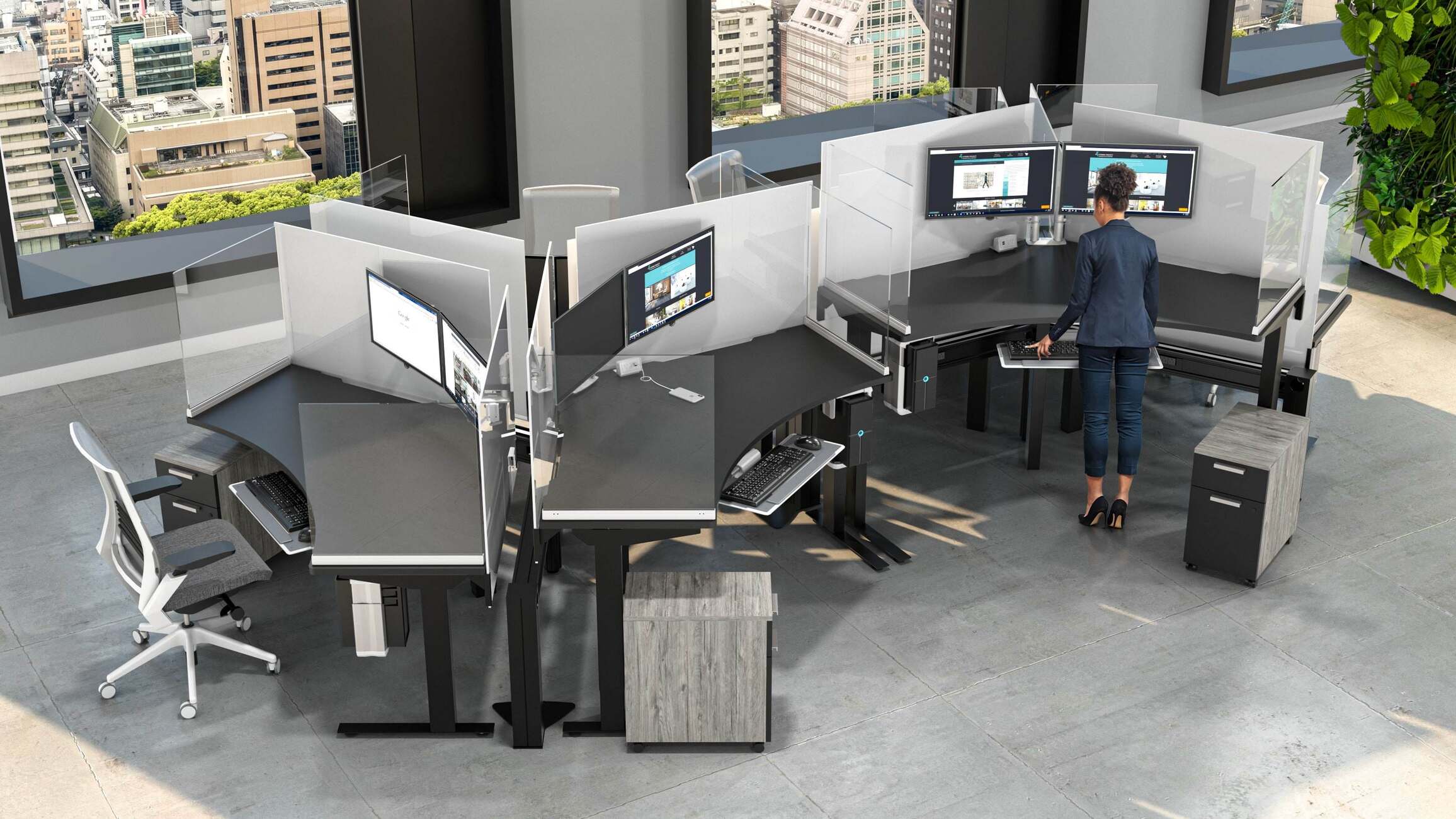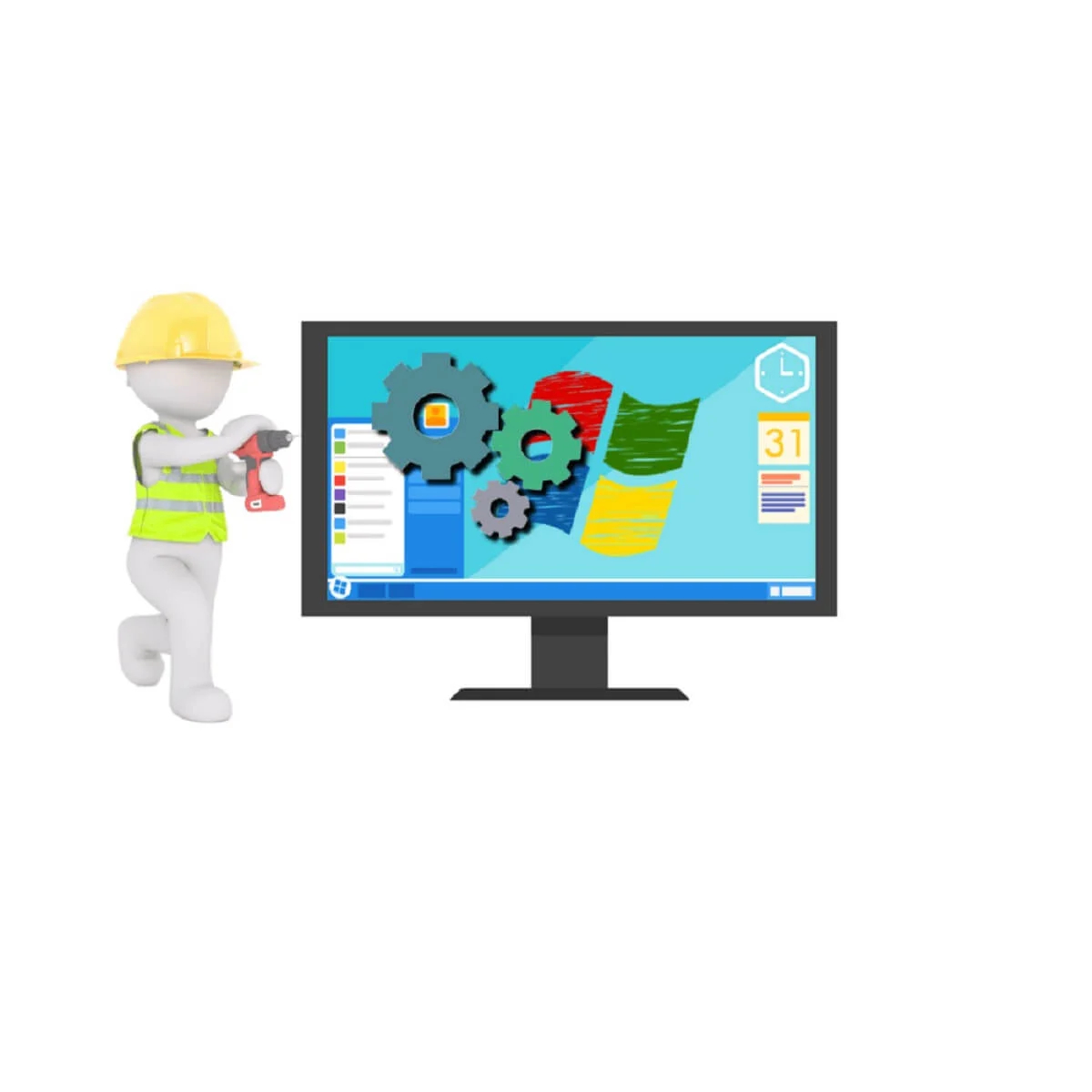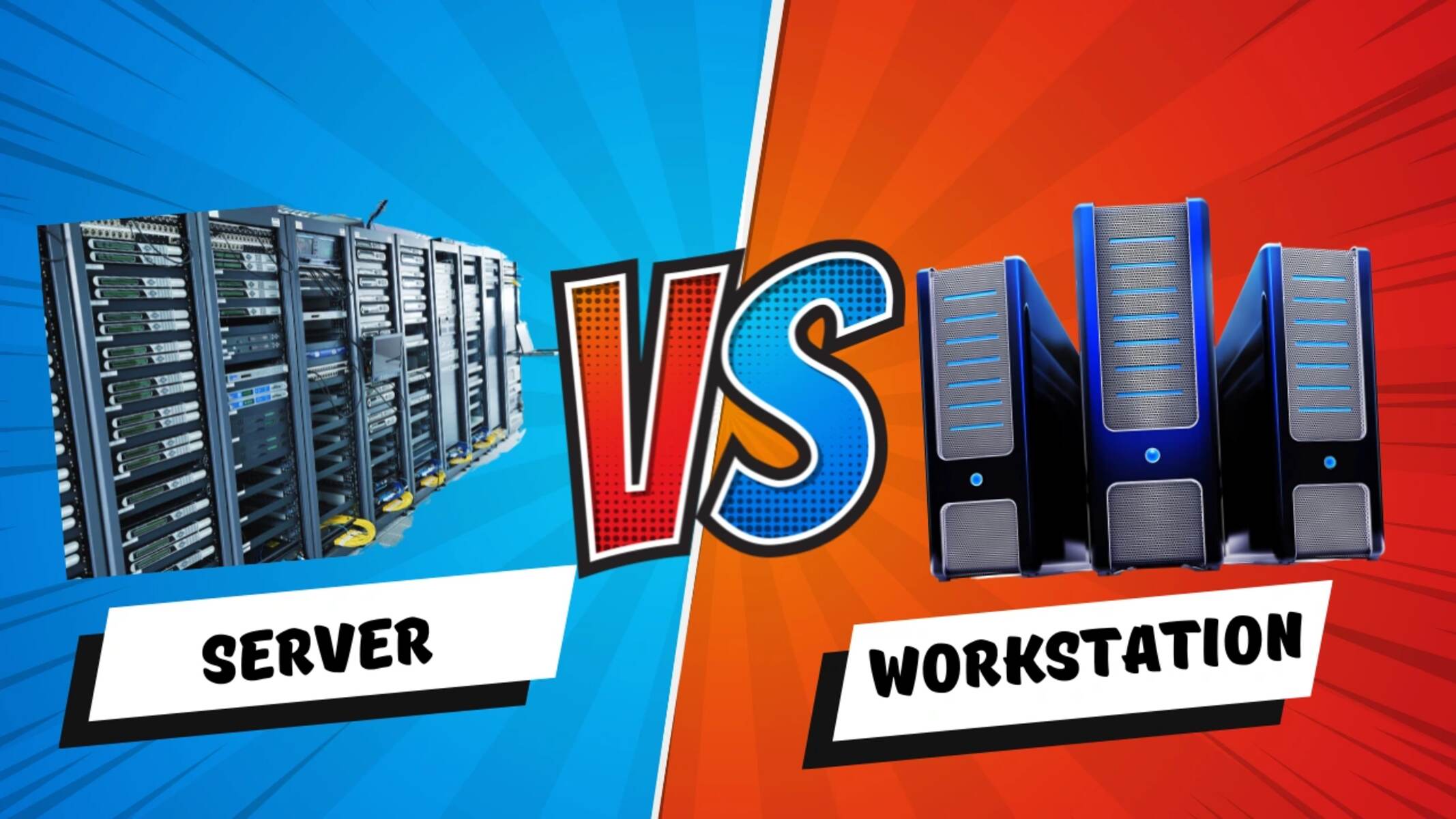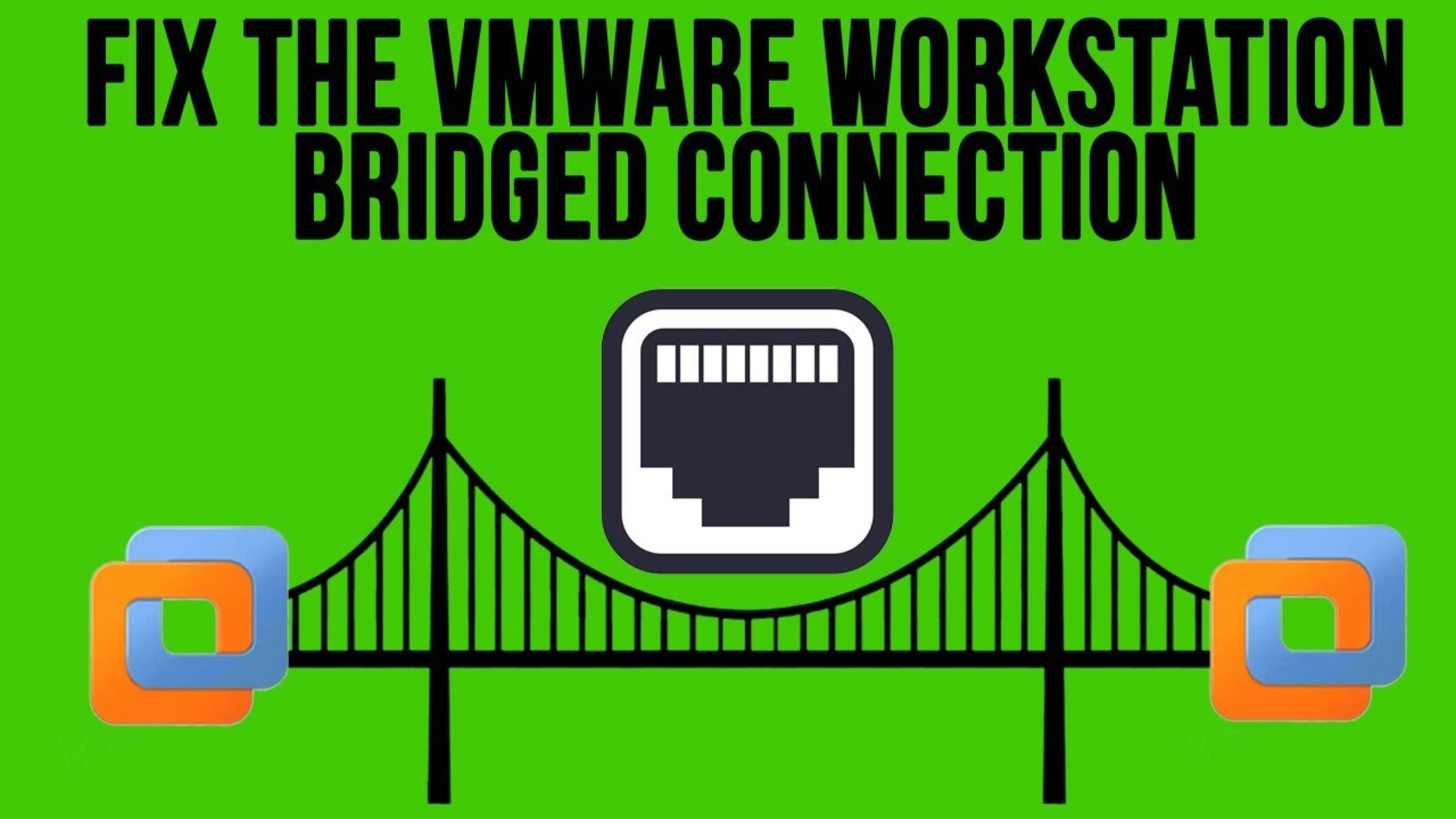Introduction
In today’s fast-paced digital age, the importance of efficient and reliable computer systems in a network cannot be underestimated. Businesses and organizations rely heavily on computer networks to manage their operations, communicate with colleagues and clients, and access essential information. Within a network, different types of computers serve various purposes, and one key player is the workstation computer.
A workstation computer is a high-performance computer specifically designed for use by an individual user. It is equipped with advanced hardware and software capabilities to handle complex tasks efficiently. In a network setup, workstation computers serve as the primary workstations for employees, providing them with the necessary resources to perform their tasks effectively.
The role of a workstation computer in a network goes beyond just functioning as a device for basic computing needs. It acts as a central hub for employees to access shared resources, collaborate with team members, and run resource-intensive applications. These computers are specifically optimized for multitasking and high-performance computing, making them ideal for professionals who require significant computing power to carry out their job responsibilities.
Workstation computers have distinct characteristics that set them apart from other types of computers in a network. Their powerful processors, ample memory, and high-end graphics cards enable them to handle sophisticated applications such as graphic design, video editing, 3D modeling, and scientific simulations. Additionally, workstation computers often have spacious storage options, including solid-state drives (SSDs) or hard disk drives (HDDs), to accommodate large files and datasets.
The components of a workstation computer are carefully selected and configured to deliver maximum performance and stability. Workstations typically feature cutting-edge processors, such as Intel Core i7 or Xeon processors, and are equipped with generous amounts of RAM to handle memory-intensive tasks smoothly. They also boast advanced cooling systems to prevent overheating during demanding processing tasks.
Using workstation computers in a network provides several benefits. Their high performance and multitasking capabilities boost productivity and efficiency, allowing employees to complete tasks faster. Workstation computers also support seamless collaboration, enabling multiple users to work on the same project simultaneously, accessing shared resources and files. With their powerful hardware, workstation computers can handle resource-intensive applications without any performance slowdown, ensuring smooth workflow and reduced waiting times.
However, utilizing workstation computers in a network also presents challenges that need to be addressed. These computers require regular maintenance and updates to keep them running smoothly and securely. Security measures such as firewalls and antivirus software must be implemented to protect sensitive data stored on workstation computers. Additionally, workstation computers are often more expensive than regular desktop computers, making it essential to carefully consider the budgetary implications of incorporating them into a network setup.
In the following sections, we will explore in more detail the characteristics of workstation computers, their role in a network, how to set them up and configure them, as well as best practices for maintaining and securing them in a network environment.
What is a Workstation Computer?
A workstation computer is a specialized type of computer designed for high-performance tasks and designed to meet the specific needs of professionals in fields such as engineering, graphic design, scientific research, and architecture. It offers exceptional computing power, advanced graphics capabilities, and extensive storage options, making it ideal for demanding applications and resource-intensive tasks.
Unlike standard desktop computers, workstation computers are built with components specifically chosen for their reliability, stability, and performance. They are equipped with powerful processors, such as Intel Xeon or AMD Ryzen Threadripper processors, which provide the processing power required to handle complex calculations, simulations, and data analysis.
One of the defining features of a workstation computer is its advanced graphics capabilities. These computers often include high-end graphics cards, such as NVIDIA Quadro or AMD Radeon Pro, which enable professionals to work with intricate 2D and 3D designs, render animations, and perform real-time simulations. This allows architects, engineers, and designers to visualize their creations accurately and make informed decisions during the design process.
Workstation computers also offer generous amounts of memory, commonly ranging from 16GB to 128GB or even higher. This ensures that professionals can work with large datasets, manipulate complex models, and run multiple applications simultaneously without experiencing significant slowdowns or performance bottlenecks.
Furthermore, workstation computers provide extensive storage options to accommodate the large files and data sets typically associated with professional tasks. They commonly feature fast and reliable solid-state drives (SSDs) for primary storage, which offer quick access times and high data transfer rates. In addition, they may include secondary storage options such as hard disk drives (HDDs) or network-attached storage (NAS) for backup and archival purposes.
Another crucial aspect of workstation computers is their ability to support multiple high-resolution displays simultaneously. This feature is particularly valuable for professionals who need to work on multiple projects or view large data sets at the same time. By using multiple monitors, users can enhance their productivity and efficiency by having more screen real estate to organize their workspace and view their work from different angles.
Overall, workstation computers are designed to meet the demanding requirements of professionals who rely on advanced computing power and specialized software to carry out their work effectively. Their high-performance capabilities, advanced graphics, extensive memory, and storage options make them essential tools in industries where accuracy, creativity, and efficiency are paramount.
Role of a Workstation Computer in a Network
In a network environment, the workstation computer plays a crucial role in providing individual users with the necessary tools and resources to perform their tasks efficiently. It serves as a centralized work station for employees, connecting them to the network infrastructure and enabling access to shared resources, applications, and data.
One of the primary functions of a workstation computer in a network is to facilitate seamless communication and collaboration among team members. It allows employees to connect with colleagues through email, instant messaging, video conferencing, and other collaboration tools. This fosters effective teamwork, enables real-time discussions, and streamlines the exchange of information within the organization.
Workstation computers also provide users with access to shared resources such as printers, network storage, and databases. This eliminates the need for every individual user to have their own dedicated resources, reducing costs and ensuring efficient utilization of network resources. Employees can print documents, access shared files, and retrieve information from databases directly from their workstations.
Moreover, workstation computers are equipped with powerful hardware and advanced software capabilities, enabling users to run resource-intensive applications without compromising performance. Professionals, such as graphic designers, engineers, and data analysts, rely heavily on specialized software and complex simulations. Workstations provide the computing power and graphics capabilities needed to run such software smoothly, allowing users to manipulate large-scale designs or process vast amounts of data without experiencing lags or delays.
In addition to their performance advantages, workstation computers offer enhanced security features to protect sensitive data within the network. They can be configured to have stricter access controls, encryption measures, and advanced firewalls to prevent unauthorized access and potential security breaches. This is especially important in industries where data confidentiality and integrity are critical, such as finance, healthcare, and government sectors.
Another essential role of workstation computers in a network is to serve as a platform for individual customization and personalization. Each user can configure their workstation to suit their specific needs, such as customizing software settings, arranging displays, and installing preferred applications. This flexibility allows users to create a comfortable and efficient working environment that aligns with their working style and preferences.
Overall, the workstation computer acts as a powerhouse within a network, enabling users to perform complex tasks, collaborate seamlessly, and access shared resources efficiently. Its role as a central work station supports productivity, enhances communication, ensures data security, and empowers professionals to unleash their full potential in the digital workspace.
Characteristics of a Workstation Computer
A workstation computer possesses distinct characteristics that set it apart from standard desktop computers. These characteristics make it well-suited for handling demanding tasks and resource-intensive applications. Here are some key features that define a workstation computer:
1. Powerful Processing Capability: Workstation computers are equipped with high-performance processors, such as Intel Xeon or AMD Ryzen Threadripper, designed to handle complex calculations and simulations efficiently. These processors offer multiple cores, higher clock speeds, and larger cache sizes, enabling professionals to tackle tasks that demand significant processing power.
2. Advanced Graphics Capabilities: Workstation computers often incorporate dedicated graphics cards, such as NVIDIA Quadro or AMD Radeon Pro, which are optimized for professional applications and tasks that involve 2D and 3D design, modeling, and rendering. These powerful graphics cards allow for smoother visualization, realistic rendering, and real-time simulations.
3. High Memory Capacity: Workstations typically come with generous amounts of memory, ranging from 16GB to 128GB or more. This ample memory capacity enables professionals to work with large datasets, manipulate complex models, and run memory-intensive applications without experiencing performance bottlenecks or slowdowns.
4. Extensive Storage Options: Workstation computers offer diverse storage options to accommodate the storage needs of professionals. They usually feature fast solid-state drives (SSDs) as the primary storage solution, providing quick access times and high data transfer rates. Additionally, they may include secondary storage options such as hard disk drives (HDDs) or network-attached storage (NAS) for backup and long-term storage purposes.
5. Multiple Monitor Support: Workstation computers typically support multiple high-resolution displays simultaneously, allowing professionals to enhance their productivity and maximize their workspace. Multiple monitors provide additional screen real estate, enabling users to view and work on multiple applications, documents, or design layouts simultaneously.
6. Robust Cooling Systems: Due to their powerful processors and graphics cards, workstation computers generate more heat than standard desktop computers. To prevent overheating and ensure optimal performance, workstations are equipped with robust cooling systems that efficiently dissipate heat, keeping the components at safe operating temperatures.
7. Scalability and Expandability: Workstation computers are designed with scalability and expandability in mind. They often have multiple expansion slots and drive bays, allowing for future upgrades and the addition of more advanced hardware components as technology advances or the user’s needs evolve.
8. Reliability and Stability: Workstation computers are built with high-quality components to ensure reliability and stability. They undergo stringent testing and quality control measures during the manufacturing process to deliver consistent performance and minimize the risk of system failures or crashes.
These characteristics collectively contribute to the exceptional performance and reliability of workstation computers, making them the preferred choice for professionals in industries such as engineering, architecture, graphic design, scientific research, and other fields that require intensive computing power.
Components of a Workstation Computer
A workstation computer is comprised of various hardware components that work together to deliver exceptional performance and functionality. Each component plays a crucial role in ensuring the smooth operation of the workstation. Here are the key components that make up a workstation computer:
1. Processor (CPU): The processor is the brain of the workstation computer and is responsible for executing instructions and performing calculations. Workstation computers typically feature powerful processors, such as Intel Xeon or AMD Ryzen Threadripper, which offer multiple cores and high clock speeds to handle demanding tasks efficiently.
2. Graphics Card (GPU): Workstation computers often include dedicated graphics cards, such as NVIDIA Quadro or AMD Radeon Pro, designed for professional applications. These graphics cards provide advanced graphics capabilities, allowing professionals to work with complex 2D and 3D designs, render animations, and perform real-time simulations.
3. Memory (RAM): Workstation computers come equipped with ample memory to handle memory-intensive tasks smoothly. The amount of RAM in a workstation can range from 16GB to 128GB or more, depending on the specific requirements of the intended workload. With sufficient memory, professionals can work with large datasets and run multiple applications simultaneously without experiencing significant performance bottlenecks.
4. Storage Drives: Workstation computers offer diverse storage options to accommodate the storage needs of professionals. They typically include fast solid-state drives (SSDs) as the primary storage solution, providing quick access times and high data transfer rates. In addition, they may have secondary storage options such as hard disk drives (HDDs) or network-attached storage (NAS) for backup and long-term storage purposes.
5. Motherboard: The motherboard serves as the main circuit board that allows various hardware components to communicate with each other. It provides connectors and slots for CPU, RAM, graphics card, storage drives, and other peripherals. High-quality motherboards used in workstations offer advanced features, stability, and support for high-performance components.
6. Power Supply: The power supply unit (PSU) is responsible for converting and supplying the correct amount of power to the components of the workstation computer. Workstation computers typically require higher-wattage power supplies to cater to the power demands of high-performance processors and graphics cards, ensuring stable and reliable operation.
7. Cooling System: Due to their powerful processors and graphics cards, workstation computers generate more heat than standard desktop computers. To prevent overheating and maintain optimal performance, workstations employ robust cooling systems. These may include CPU coolers, case fans, and advanced cooling technologies, such as liquid cooling, to dissipate heat efficiently and maintain low temperatures.
8. Expansion Slots and Ports: Workstation computers provide multiple expansion slots and ports to allow for connectivity and future upgrades. They typically feature PCIe slots for additional graphics cards, network cards, or data storage expansion cards. Additionally, they offer a range of ports, including USB, HDMI, DisplayPort, and Ethernet, to connect peripherals and external devices.
These components work together to create a workstation computer that delivers exceptional performance, reliability, and flexibility. Each component is carefully selected and optimized to meet the demanding requirements of professionals in fields such as engineering, design, research, and other industries that rely on high-performance computing.
Benefits of Using Workstation Computers in a Network
Integrating workstation computers into a network environment offers numerous benefits for businesses and organizations. These high-performance machines provide advanced capabilities and specialized features that enhance productivity, streamline workflows, and improve overall efficiency. Here are some key benefits of using workstation computers in a network:
1. Enhanced Performance: Workstation computers are designed to handle resource-intensive tasks and run demanding applications smoothly. Their powerful processors, ample memory, and advanced graphics cards enable professionals to work on complex projects with ease, reducing processing times and increasing productivity. Faster completion of tasks means employees can accomplish more in less time, leading to greater efficiency for the overall organization.
2. Multitasking Capabilities: Workstation computers excel at multitasking, allowing users to work on multiple applications simultaneously. This is particularly beneficial for professionals in fields such as design, engineering, and scientific research, who often need to run several resource-intensive applications concurrently. Workstations can handle the workload without experiencing significant performance degradation, facilitating seamless multitasking and boosting productivity.
3. Collaboration and Resource Sharing: Workstation computers in a network environment enable easy collaboration among team members. They facilitate the sharing of resources and files, making it effortless for individuals to collaborate on projects and access common databases or shared storage. This promotes effective teamwork, enables real-time discussions, and reduces communication barriers within the organization.
4. Specialized Software Support: Many industries have specific software applications tailored to their needs. Workstation computers are designed to support these specialized software packages efficiently. Whether it’s CAD software for architects or engineering simulation tools, workstations offer the necessary computing power and optimized hardware to handle these demanding applications effectively.
5. High-Quality Graphic Performance: Workstation computers are equipped with dedicated graphics cards that provide superior graphic performance. This makes them ideal for professionals in design, animation, and visualization fields. With the ability to handle high-resolution displays and complex visual data, workstations allow for accurate rendering, 3D modeling, and real-time visual simulations.
6. Data Security and Management: Workstation computers can be configured with robust security measures to protect sensitive data within the network. They can have advanced encryption capabilities, access controls, and firewall settings, ensuring that critical information remains safe and private. Workstations also offer storage options for secure backups and efficient data management, minimizing the risk of data loss or unauthorized access.
7. Increased Reliability: Workstation computers are built with high-quality components and undergo rigorous testing to ensure reliability and stability. This reduces the chances of unexpected system failures or crashes, minimizing downtime and maximizing productivity. With reliable workstations, employees can rely on consistent performance, leading to uninterrupted workflow and improved work efficiency.
8. Scalability and Future-Proofing: Workstation computers are designed to be scalable, allowing for future upgrades and expansions. This enables businesses to adapt to changing technological needs and take advantage of advancements in computer hardware. Whether it’s adding more memory, upgrading to a faster processor, or incorporating additional storage, workstations offer flexibility for accommodating future growth and requirements.
By leveraging the benefits of workstation computers in a network environment, businesses can empower their employees, optimize workflows, and achieve higher levels of productivity and efficiency. These high-performance machines provide the tools and capabilities necessary for professionals to excel in their respective fields, driving innovation and success.
Challenges of Using Workstation Computers in a Network
While workstation computers bring numerous benefits to a networked environment, they also present certain challenges that organizations need to address. Understanding and mitigating these challenges are crucial for optimizing the performance and security of workstation computers. Here are some of the key challenges of using workstation computers in a network:
1. Cost: Workstation computers generally have higher upfront costs compared to standard desktop computers. They require powerful processors, advanced graphics cards, and ample memory to deliver the required performance. This can increase the overall IT investment for organizations, especially when deploying multiple workstations across the network.
2. Maintenance and Updates: Workstation computers require regular maintenance and software updates to ensure their optimal performance and security. This includes installing operating system updates, driver updates, and firmware upgrades. Organizations must establish well-defined procedures and schedules for maintenance to minimize downtime and prevent any security vulnerabilities.
3. Security: Ensuring the security of workstation computers is crucial, particularly when dealing with sensitive data within a network. Workstation computers should have appropriate security measures in place, such as firewalls, antivirus software, and encrypted communication channels. Regular security audits and user awareness training are also essential to prevent unauthorized access or data breaches.
4. Compatibility and Integration: Integrating workstation computers into an existing network infrastructure can pose compatibility and integration challenges. Compatibility issues may arise when connecting to network resources, printers, or specialized software within the organization. Organizations need to ensure that workstations are seamlessly integrated into the network ecosystem and that they can access shared resources without any disruptions.
5. Power and Cooling Requirements: Workstation computers tend to consume more power and generate more heat due to their high-performance hardware. Organizations need to account for these power requirements and ensure that the network infrastructure and cooling systems can handle the increased demand. Proper ventilation and cooling mechanisms are crucial to prevent overheating and maintain stable performance.
6. Existing Infrastructure Limitations: Depending on the organization’s existing infrastructure, incorporating workstation computers may require upgrades or modifications. For example, if the network infrastructure cannot handle the increased data transfer rates or the additional power requirements, organizations may need to invest in network switches, improved cabling, or power distribution solutions to support the workstations adequately.
7. Training and Support: Introducing workstation computers into a networked environment may require employees to learn new software or workflows. Providing adequate training and support to help employees adapt to the new systems and take full advantage of the workstation’s capabilities is crucial. This may involve providing training sessions, online resources, or access to IT support personnel who can assist with any issues or questions that arise.
Despite these challenges, organizations can overcome them with proper planning, implementation, and ongoing management. By addressing the cost considerations, ensuring robust security measures, maintaining compatibility and integration, and providing necessary support and training, organizations can leverage the power of workstation computers while minimizing any potential drawbacks.
How to Set Up and Configure a Workstation Computer in a Network
Setting up and configuring a workstation computer in a network requires careful planning and attention to detail. The following steps outline the process of establishing a workstation computer within a network environment:
1. Determine the Requirements: Identify the specific needs and requirements of the workstation computer. Consider the intended use, software applications, and necessary hardware components to ensure optimal performance and compatibility.
2. Select the Hardware: Choose hardware components that meet the identified requirements. This includes selecting a powerful processor, appropriate graphics card, ample memory capacity, and sufficient storage options. Consider compatibility with the network infrastructure and other peripheral devices.
3. Install the Operating System: Install the preferred operating system on the workstation computer. Ensure that the operating system is compatible with the network and offers the necessary features and security measures required for the network environment.
4. Configure Network Settings: Set up the network settings on the workstation computer. This includes configuring the IP address, subnet mask, gateway, and DNS settings. Ensure that the network settings align with the network infrastructure and allow the workstation computer to connect to the network successfully.
5. Join the Domain: If the network uses a domain-based structure, join the workstation computer to the established domain. This enables access to shared resources, user authentication, and centralized management of network policies and permissions.
6. Install Necessary Software: Install the required software applications on the workstation computer. This may include productivity tools, specialized software, antivirus software, and any other applications necessary for the intended use of the workstation.
7. Set Up Network Shares and Permissions: If applicable, configure network shares and permissions to allow access to shared resources. Determine which folders, files, and network resources should be accessible to the workstation computer and set appropriate permissions to ensure security and data integrity.
8. Test the Network Connectivity: Verify the network connectivity of the workstation computer by accessing shared resources, browsing the internet, and testing network-related functionalities. This ensures that the workstation computer can communicate effectively within the network and access necessary resources.
9. Implement Security Measures: Set up security measures to protect the workstation computer and the network. This includes installing antivirus software, enabling firewalls, implementing strong passwords, and regularly updating security patches and software to defend against potential threats.
10. Regular Maintenance and Updates: Establish a routine for regular maintenance and updates to keep the workstation computer running smoothly. This includes installing operating system updates, driver updates, and software patches, as well as performing regular backups and system scans to ensure data integrity and security.
By following these steps, organizations can successfully set up and configure a workstation computer in a network environment. Thorough planning, careful consideration of hardware and software requirements, and diligent maintenance are essential to ensure optimal performance, security, and seamless integration within the network.
Best Practices for Maintaining and Securing Workstation Computers in a Network
Maintaining and securing workstation computers in a network is essential to ensure their optimal performance and protect sensitive data. Implementing best practices helps mitigate security risks, prevent system failures, and enhance the overall productivity of the network. Here are some key best practices for maintaining and securing workstation computers:
1. Regular Software Updates: Keep the operating system, applications, and firmware up to date with the latest security patches and bug fixes. Regular updates help address vulnerabilities and protect against emerging threats.
2. Strong Passwords: Enforce the use of strong, complex passwords that are unique to each user login. This helps to prevent unauthorized access and improve overall network security.
3. Antivirus and Antimalware Protection: Install and regularly update reputable antivirus and antimalware software on workstation computers. These programs provide a crucial layer of defense against viruses, ransomware, and other malicious software.
4. User Permissions and Access Control: Implement user permissions and access control measures based on the principle of least privilege. Assign appropriate access levels to users, restricting their access to resources and sensitive data that are necessary for their roles.
5. Regular Data Backups: Establish a routine backup strategy to safeguard critical data. Regularly backup workstation computers to external storage devices or cloud-based platforms. Test the backups periodically to ensure data integrity and the ability to restore data when needed.
6. Training and Education: Educate users on best practices and potential security risks. Promote awareness about phishing attacks, social engineering techniques, and safe browsing habits. Regularly conduct cybersecurity awareness training to keep users informed about the latest threats and best practices.
7. Physical Security Measures: Implement physical security measures to protect workstation computers. Use lockable cabinets or secure access control systems to prevent unauthorized physical access to the computers and their peripherals.
8. Regular Maintenance: Develop a maintenance schedule to ensure the optimal performance of workstation computers. This includes cleaning the hardware, updating drivers, removing unnecessary programs, and conducting routine system checks to identify and resolve performance issues.
9. Monitoring and Logging: Implement software tools and systems to monitor network activity and log security events. Regularly review logs to promptly identify and respond to any unusual or suspicious activities that may indicate a security breach.
10. Network Segmentation: Consider segmenting the network to isolate critical systems and workstations from other parts of the network. This adds an extra layer of protection and reduces the potential impact of a security breach affecting the entire network.
11. Incident Response Plan: Develop an incident response plan to address potential security incidents promptly and effectively. This plan should outline the steps to be taken in the event of a security breach, including containment, investigation, and recovery.
By adhering to these best practices, organizations can ensure the reliability, security, and performance of workstation computers within their network. Maintaining and securing workstation computers contributes to a more productive and secure network environment while protecting sensitive data from unauthorized access and potential threats.
Conclusion
Workstation computers play a crucial role in network environments, offering advanced capabilities and high-performance computing power to professionals in various industries. With their powerful processors, advanced graphics capabilities, and extensive memory and storage options, workstation computers are optimized to handle resource-intensive tasks and complex applications.
Integrating workstation computers into a network environment brings numerous benefits. They enhance performance and productivity, enable seamless collaboration, and provide access to shared resources. Additionally, workstation computers support specialized software and offer enhanced graphic performance, allowing professionals to excel in their respective fields.
However, using workstation computers in a network also presents certain challenges. These include the initial cost of investment, the need for regular maintenance and updates, security considerations, compatibility issues, and power and cooling requirements. Addressing these challenges through careful planning, proper configuration, and ongoing maintenance is crucial to maximizing the benefits of workstation computers in a networked environment.
To set up and configure workstation computers in a network, organizations should consider hardware requirements, network settings, software installations, and security measures. Maintenance and security best practices, such as regular software updates, strong passwords, antivirus protection, user permissions, data backups, and training, are vital to ensure the optimal performance and security of workstation computers.
In conclusion, workstation computers are powerful tools that can significantly enhance productivity, streamline workflows, and improve efficiency in a network environment. By carefully selecting, setting up, and maintaining these high-performance machines, organizations can empower their employees and leverage the full potential of workstation computers to achieve their goals and stay at the forefront of their industries.

























